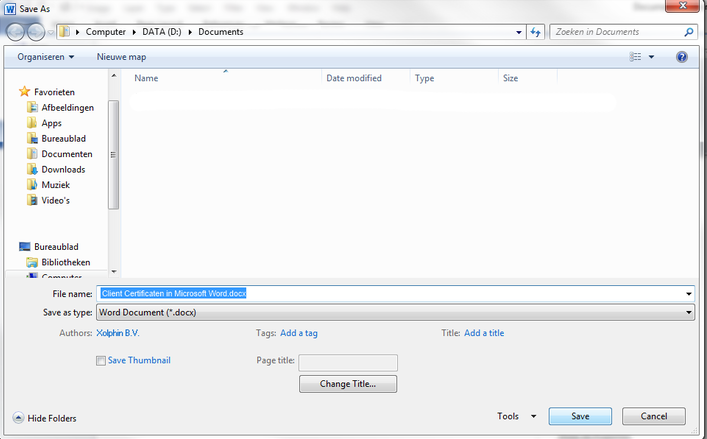I review many, many products. And of those many, many products, many (though not many, many) require that I sign some sort of document saying that I won’t steal, damage or forget to return the product in question.

When I get one of these forms from a PR person, it’s almost always a Word document and I’m almost always asked to print it out, sign it, and fax it back.
Yes, fax it. Fax the form. Send the form via fax machine. Did we lose a war?!
The irony of returning an e-mailed form by fax is one thing. The fact that I don’t own a fax machine is another, more serious thing. It’s Y2K11 for cracked ice! I have access to a few of those fax-by-e-mail services but—come on, it’s still fax. Dumb, backwards, old fax.
Whenever I open a Word document or a Spreadsheet from my OneDrive at the top of the document it says: Sign-in Required We can't save, or check for, changes because your cached credentials have expired. Please sign in again. But when I click the button to sign in again nothing happens. A signature line provides you, or somebody else, with a location to sign a printed document. If you’re planning on printing your Word document, adding a signature line is probably the easiest way for you to add a signature. To add a signature line to your Word document, click Insert Signature Line. This icon is usually included in the “Text” section of your Word ribbon menu bar. In the “Signature Setup” box that appe. Plug in your Document Signing Certificate token. In Microsoft Word, Excel, or PowerPoint, open the document that you want to sign. In the selected Microsoft application, click the Microsoft Office symbol. Next, click Prepare Add a Digital Signature. If the Microsoft Office digital signatures.
So. How to sign and return a Word document without printing it out or, more importantly, faxing it? There’s a fancy, official, authenticated way to do this (see here) but I’ll show you how to quickly and easily “sign” your name to a Word document without jumping through a bunch of hoops.

Ready? Let’s begin.
This is a one-time deal, so think of it like getting your wisdom teeth pulled. If you’d like to skip ahead, we’re basically going to create an image file of your “signature” and save it as a PNG file with a transparent background. If you already know how to do that, go ahead and do it.

If not, here’s how to do it using Microsoft Paint. It’s a free program loaded onto every Windows computer so we’ll use it because it’s the lowest common denominator as far as image editing programs go. These steps should be similar in other image editing programs, too.
Open up Paint and click the text tool (it’s a little “A” icon). Then click on the far left side of your canvas. From the drop-down menu of fonts, select a font that looks sort of like handwriting. We’ll use “Bradley Hand ITC” for this little project but feel free to pick whichever one you like best. If you’re looking for the ultimate in classy signatures, check out “Comic Sans” instead.
Then set the font size at something large-ish and type your name. If your full name doesn’t fit, decrease the font size until it does. If you’re feeling adventurous, you can try to draw your name with the pen tool instead but it’ll probably end up looking like a toddler signed it with his non-dominant hand.
Make sure that “Transparent” is selected inside the Background heading. Once you’ve gotten everything in place, select Save as > PNG picture and name the file something easy to remember.
If you don’t like the idea of using a computer-generated font to make your signature, there’s another route to follow. Take out a piece of paper and write your absolute best signature — go ahead and have a few practice turns if you want first. Once you’re satisfied with your John Hancock, simply take out your smartphone and snap a picture of it. Then email that picture to yourself and head over to your desktop computer. Download the picture from your self-email, open it up in Paint, and follow these same instructions to create a digital replica of your true signature.
Okay, that was the hard part. Now let’s move on to the easy stuff.
Create A Signature

Now we’ll open up the Word document we’re supposed to sign and click somewhere near the signature line. Then choose Insert > Picture from the menu and select the image file you created in the previous step.
So we’ve gotten the file into the document but now we have to make it look like it belongs there. To do that, right-click on the image and select Format Picture… from the menu that pops up.
Then click the Layout tab and under Wrapping style, choose Behind text and click the OK button.
How To Sign A Document In Word
After that, position the picture so it looks like a real-life signature.
You’re all set. Save the document and e-mail back to whoever had the gall to ask you to fax it.
For an extra touch of class—and to make sure they can’t see that you simply dumped an image file of your signature into their Word file—save the document as a PDF instead. I’m pretty sure that PDF stands for pretty damn fancy in the business world.
The Leadership Brief. Conversations with the most influential leaders in business and tech.

Thank you!
For your security, we've sent a confirmation email to the address you entered. Click the link to confirm your subscription and begin receiving our newsletters. If you don't get the confirmation within 10 minutes, please check your spam folder.



